Search
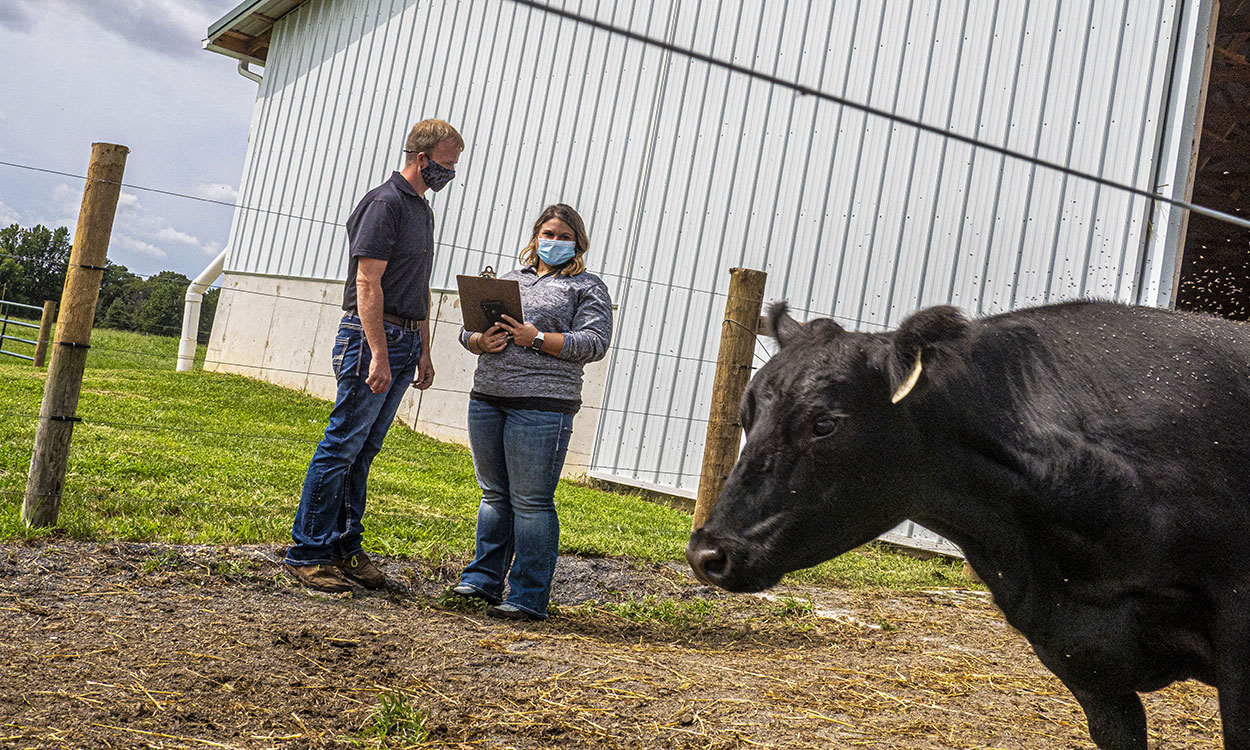
SDSU Extension hosting Beef Quality Assurance training in Wall
July 09, 2024
South Dakota State University Extension will host a Beef Quality Assurance training for anyone involved in raising or handling cattle.

Johne’s Disease Testing in Beef Herds: Looking at the Available Tests
Once thought to be a dairy cattle problem, Johne’s Disease is increasingly a topic of conversation for beef seedstock and commercial producers alike. An understanding of the Johne’s Disease testing options available is a good first step in devising a herd health plan.

Attending World Pork Expo? Consider Biosecurity
The World Pork Expo will return to the Iowa State Fair June 9–11, 2021. Pork producers and production employees must always be vigilant about biosecurity, especially when visiting industry events.

Minimizing the Neospora Threat by Using Serology in Beef Replacement Heifer Selection
Neospora caninum is one of the lesser-known causes of infectious reproductive failure in beef herds. It’s always possible for herds to encounter new Neospora infections in a given year, but in herds in which it’s already established, using Neospora serology can be one consideration in choosing replacement heifers.
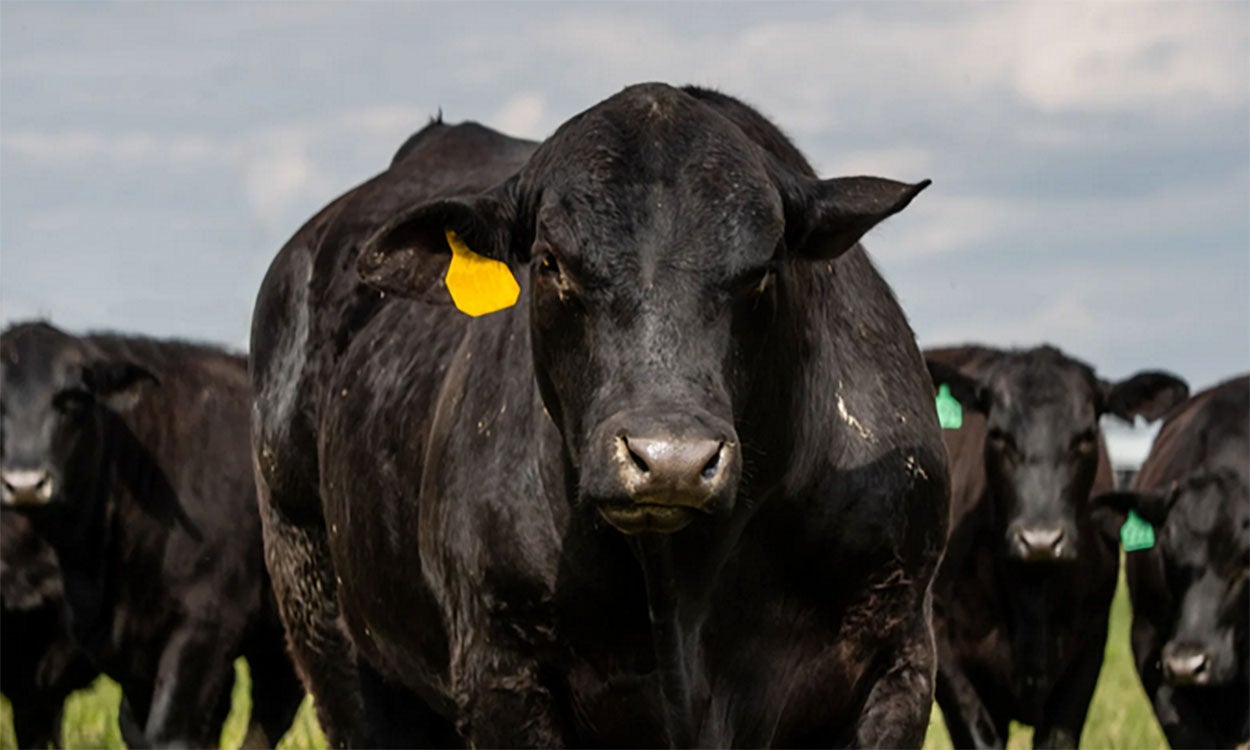
Trichomoniasis: A Tricky Cause of Reproductive Failure in Beef Cattle
Trichomoniasis in cattle is caused by a protozoal organism that lives indefinitely in the sheath of infected bulls. Once transmitted to a cow or heifer, it causes an inflammation in the female reproductive tract that results in the eventual loss of the pregnancy.
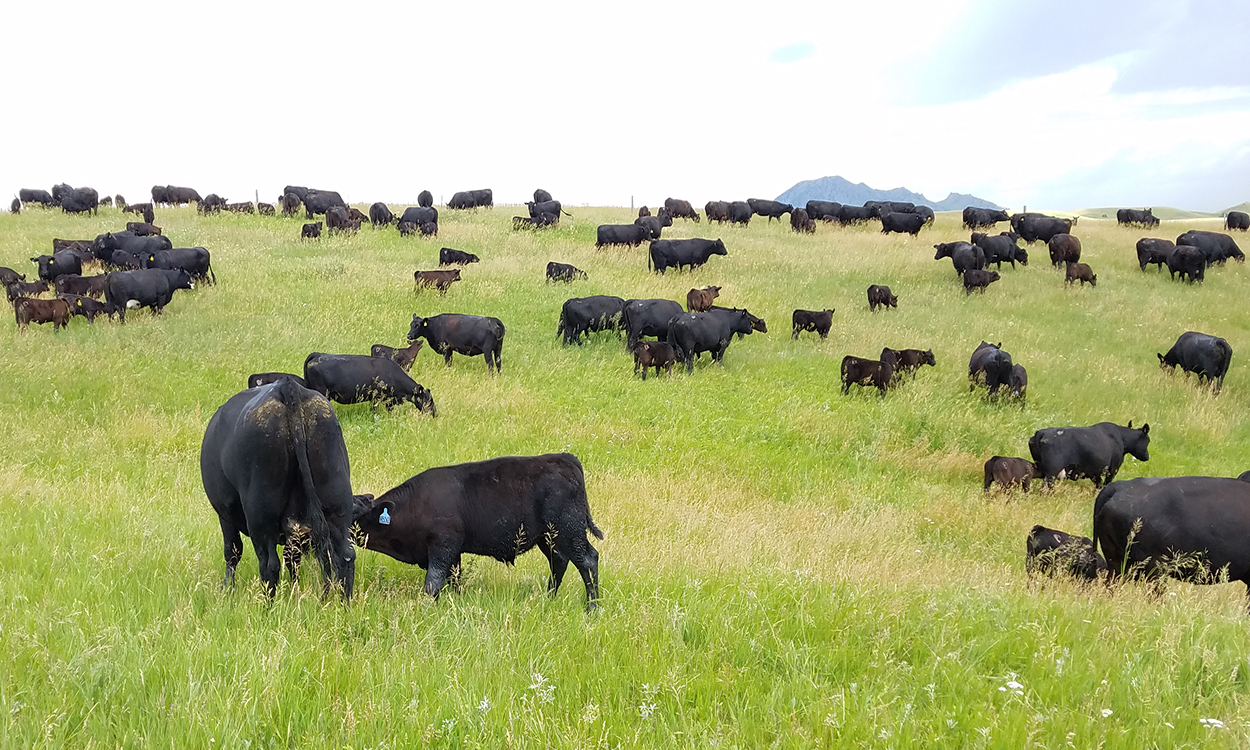
Equation of Reproductive Efficiency
The key factors to reproductive success in beef cattle are proper management, nutrition, health, and selection, while reproductive technologies can enhance management if the previous factors are in sync.
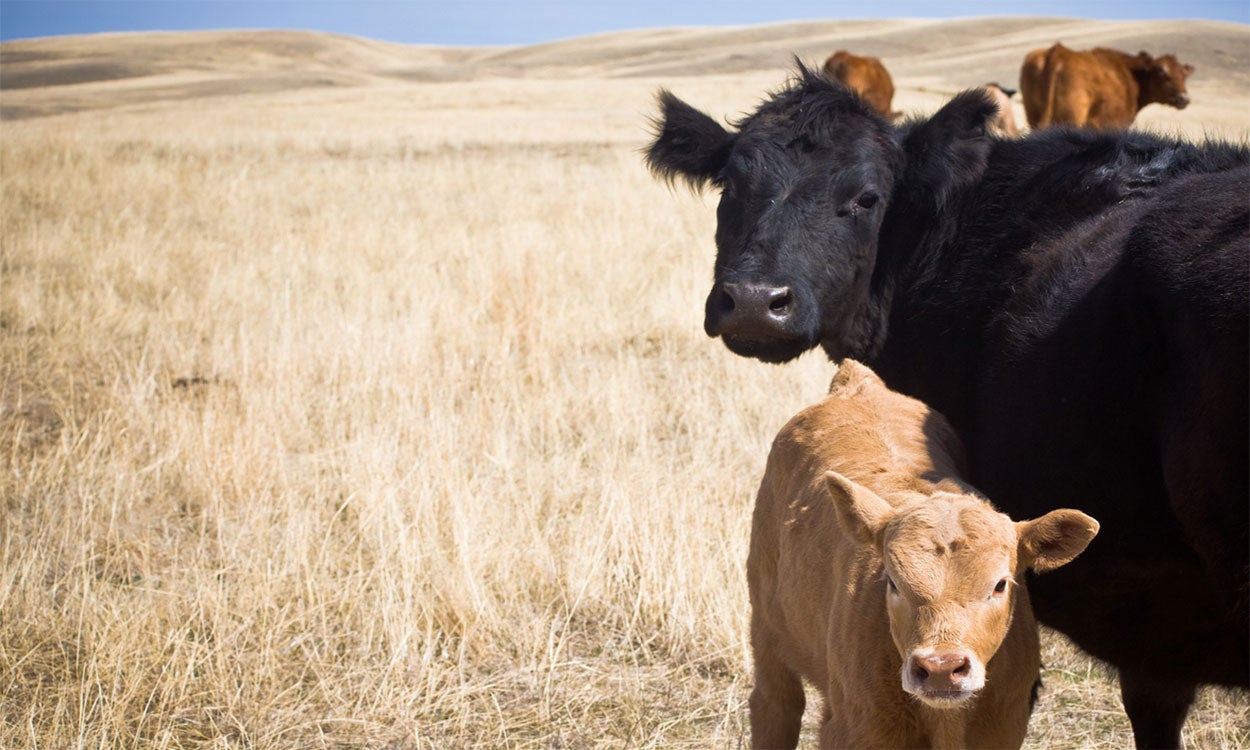
SDSU Extension to Provide Drought Resources, Water and Forage Testing at Dakotafest
August 05, 2021
South Dakota State University Extension invites crop and livestock producers to its new booth location, #216, at the 2021 Dakotafest in Mitchell, South Dakota.
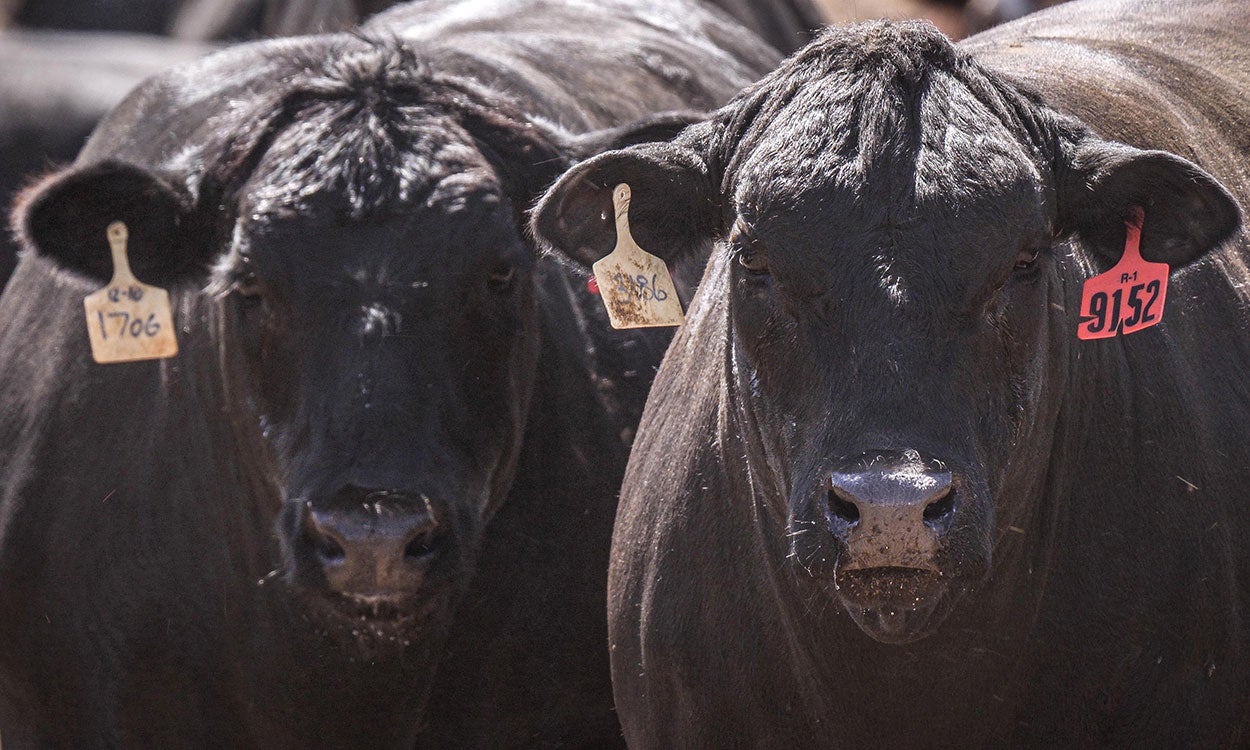
Heat Stress in Feedlot Cattle
High temperatures, humidity and low air movement create the perfect storm for heat stress in feedlots. Learn some expert tips for maintaining performance and reducing losses as we approach the hottest months of the year.

SDSU Extension beefSD Team Awarded $600,000 Beginning Farmer and Rancher Development Program Grant
November 13, 2020
On September 24, the United States Department of Agriculture’s National Institute of Food and Agriculture (NIFA) announced grant investments of more than $53 million across three unique programs for U.S. farmers, ranchers and military veterans to support American agriculture.
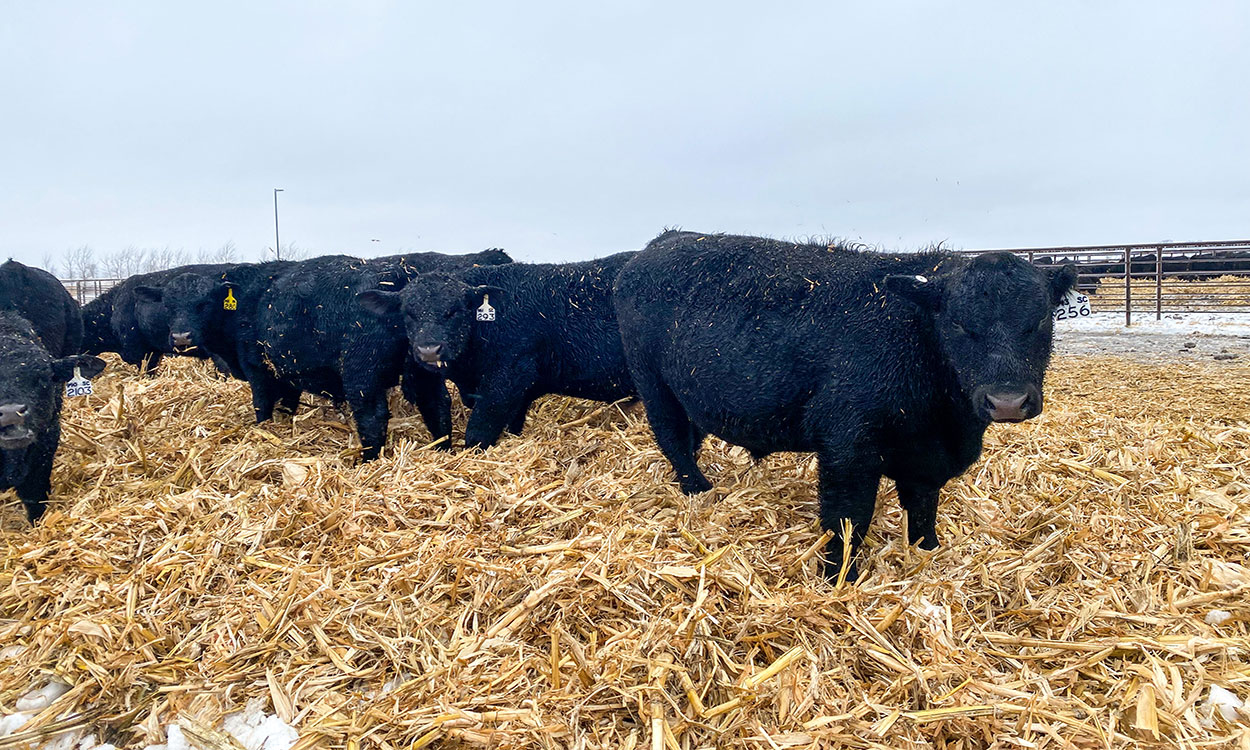
Winter Management of Herd Bulls
Proactive winter bull management can positively impact reproductive performance in the upcoming breeding season. Learn some expert tips for getting herd bulls prepared for the colder months ahead.